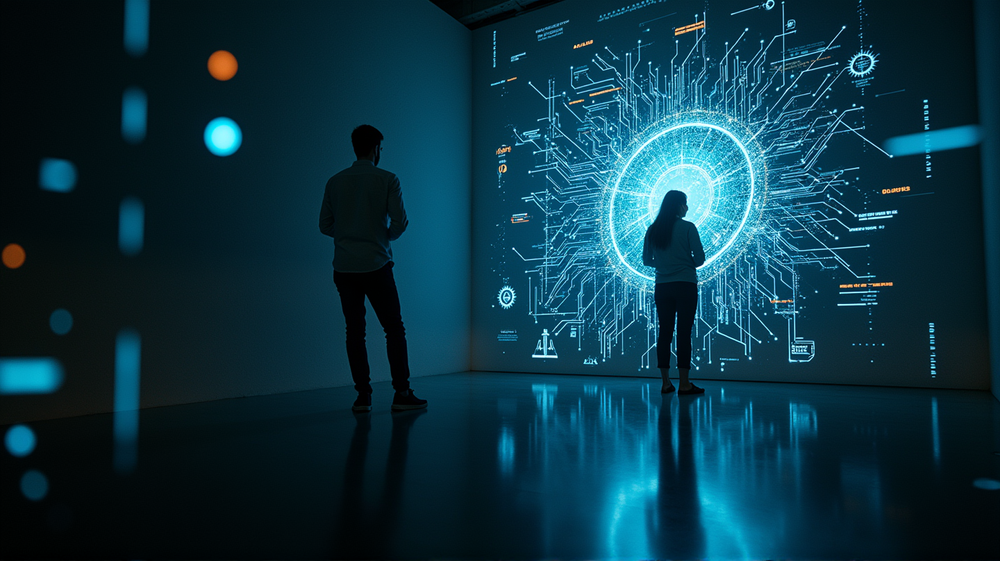Alarming Surge: AI-Generated Abuse Material Reaches New Heights
The rise of artificial intelligence has brought about incredible advancements and conveniences in many fields, yet its darker side is becoming increasingly difficult to ignore. In a shocking revelation, over 1,200 AI-generated abuse videos have surfaced in the first half of 2025 alone, according to data released by the Internet Watch Foundation (IWF). This sharp increase, from a mere two videos during the same period last year, has set off alarm bells regarding digital safety and protection.
The Grim Reality of AI-Driven Abuse
As technology continues to evolve, AI-generated content is becoming disturbingly realistic. So much so that under UK law, these synthetic videos are now treated with the same seriousness as authentic abuse material. Over a thousand of these videos have been classified in Category A, indicating severe depictions of harm. The sophistication of these videos complicates detection and removal, presenting unprecedented challenges to monitoring agencies.
Regulatory Response and Legal Developments
In response to this growing menace, the UK is moving to introduce two new laws, aimed at penalizing not only those directly involved in creating such material but also those aiding with the tools or guidance to produce it. Jess Phillips, the safeguarding minister, describes the surge in AI-generated content as ‘utterly horrific,’ and stresses the urgency of implementing strict safeguards around AI technology to prevent further escalation.
The Role of Public Vigilance and Reporting
The IWF calls on the public to remain vigilant and proactive in reporting suspect content. Providing specific URLs where the material is found assists in its timely removal and helps build a safer digital environment.
A Call for Comprehensive AI Regulation
The progress AI has made in creating synthetic content that is chillingly lifelike poses a new realm of cybersecurity threats. According to Digital Watch Observatory, without robust frameworks and ethical constraints guiding AI development, longer-form and increasingly sophisticated abuse materials seem inevitable. The call for legislation and international cooperation is vital now more than ever.
Despite technological abuses, AI also stands as a beacon of possibility and progress. The challenge lies in harnessing its vast potential for the greater good, rather than allowing its capabilities to be exploited for harm—a task that demands collective responsibility and action. As we continue to navigate this digital age, understanding AI’s dual nature becomes paramount in shaping a future that remains secure for all.




